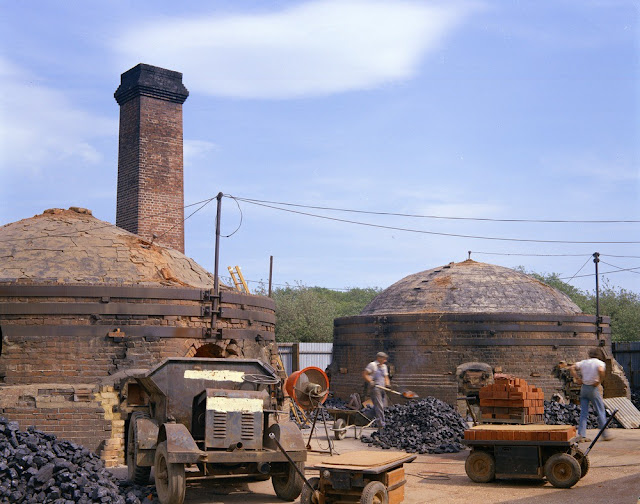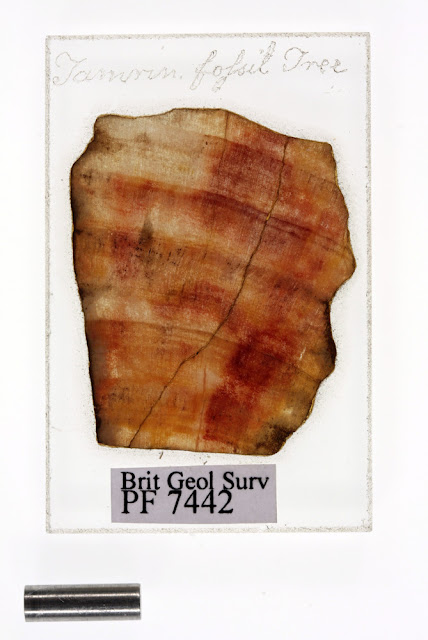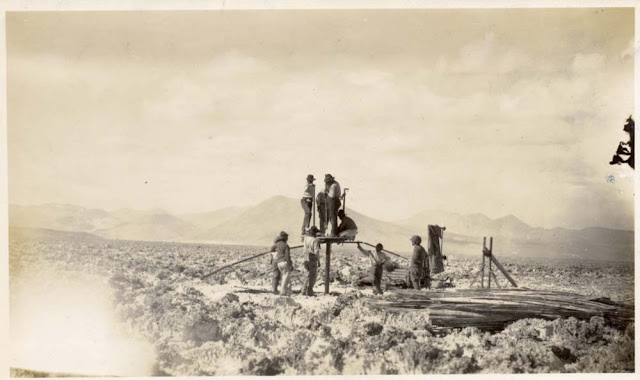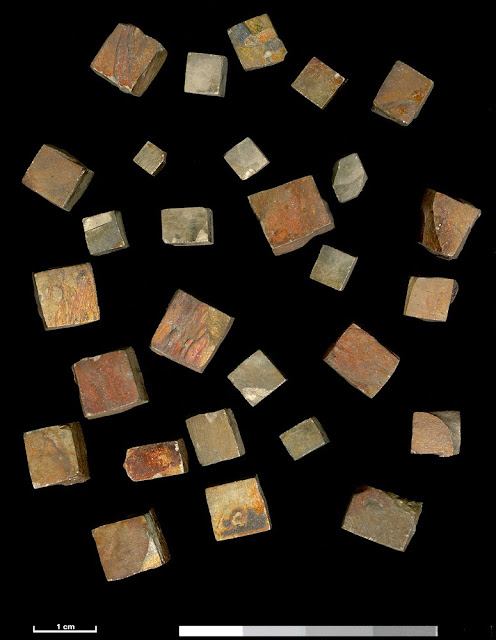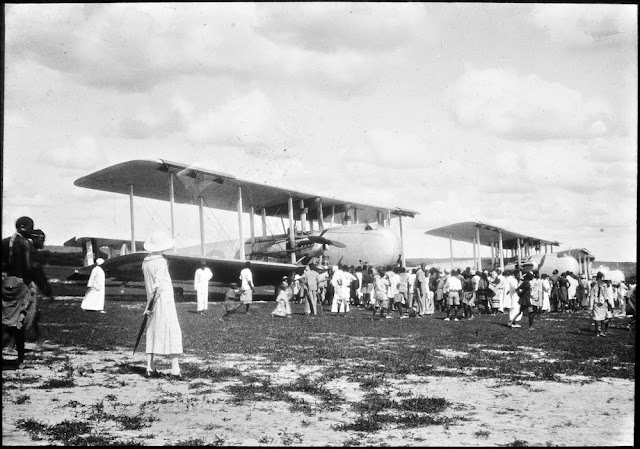These medals were awarded to Sir Roderick Murchison (1792-1871). Having served in the army during the Napoleonic wars he later became intersted in geology. He was elected President of the Geological Society in 1831 and succeeded Henry De la Beche as Director of the Geological Survey in 1855.
The medals include the St Ann Cross, Russia; The Dannebrog, Denmark; St Ann Star, Russia; The Crown, Italy; St Stanislaus Cross, Russia; Pennisula Medal; Order of the Bath, UK; St Stanislaus Star, Russia; The Rose, Brasil and The Polar Star, Sweden.
Andrew L Morrison
